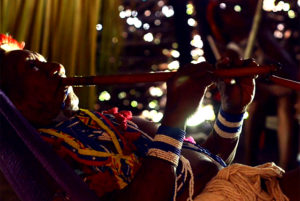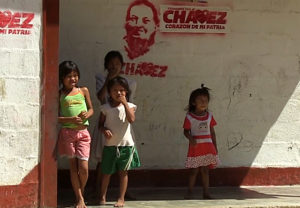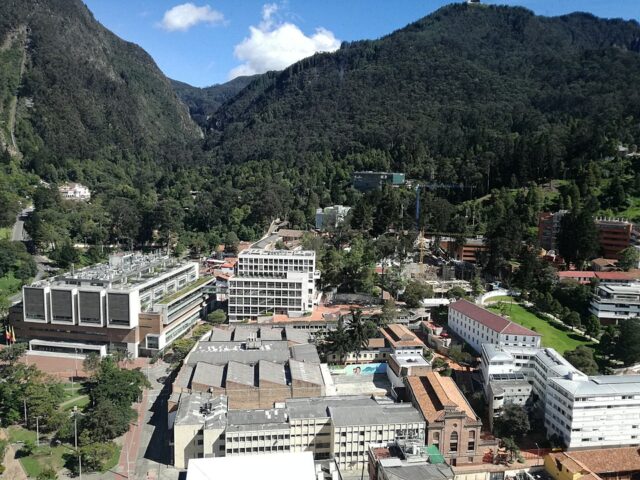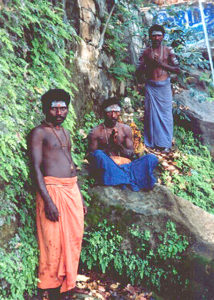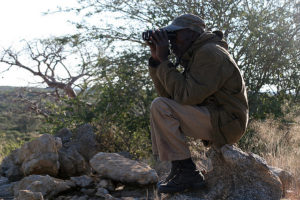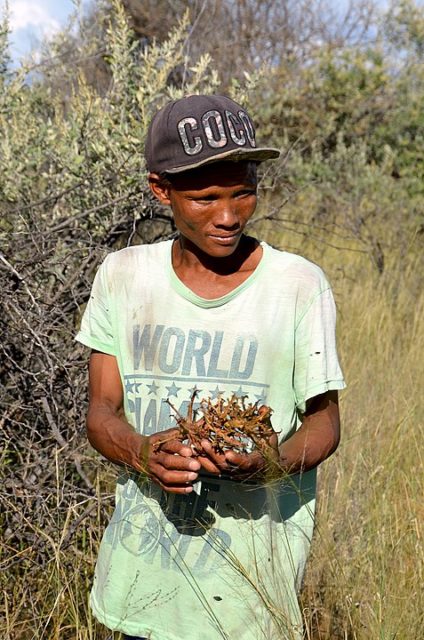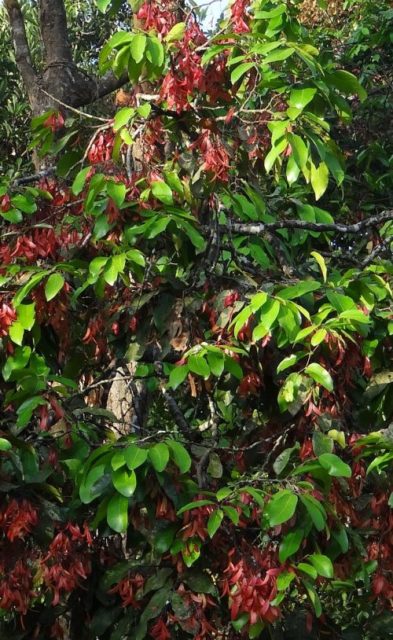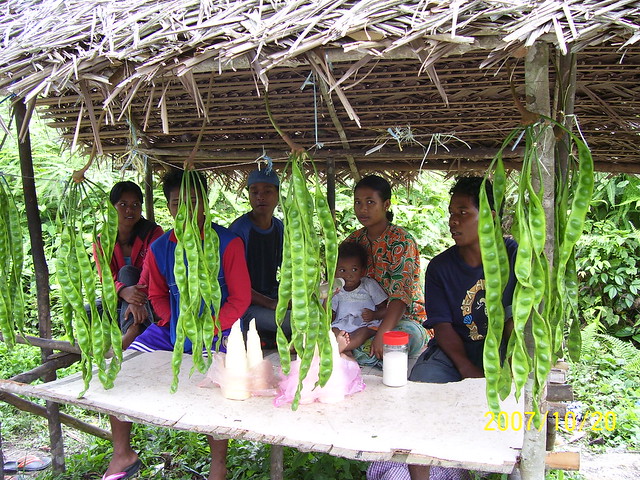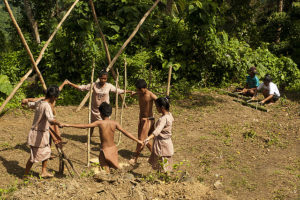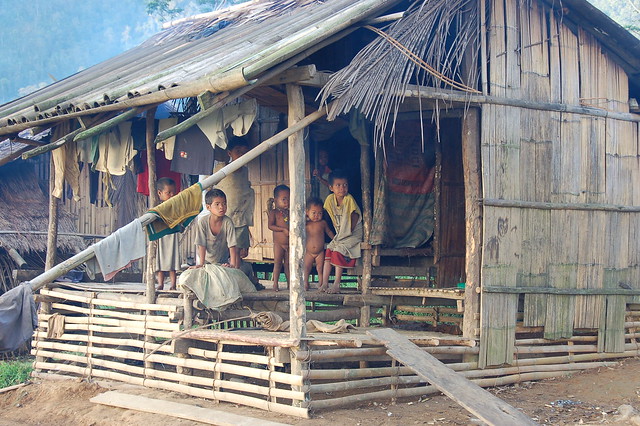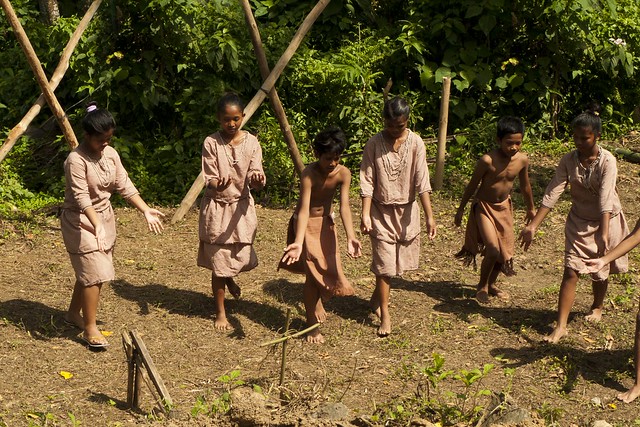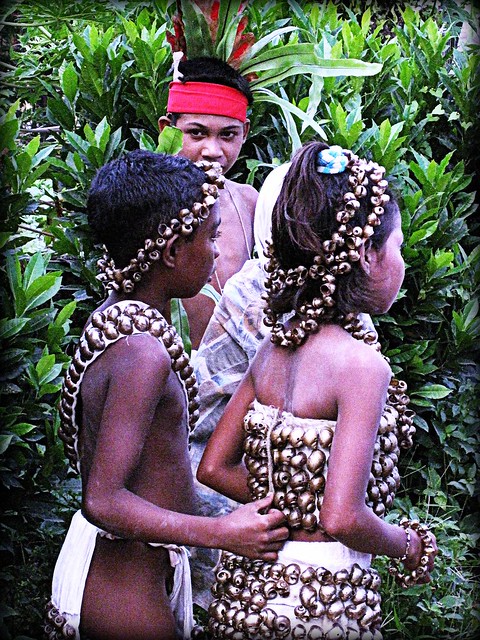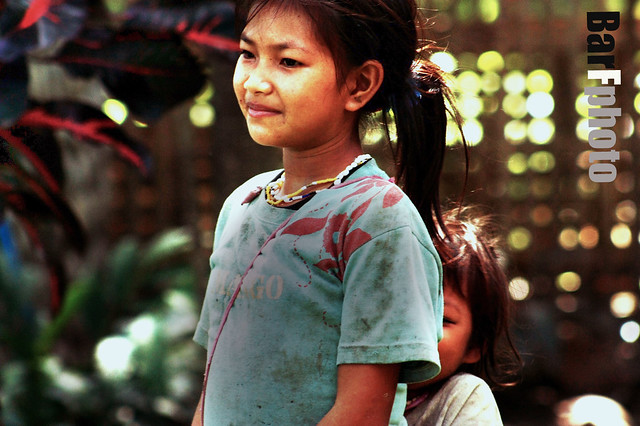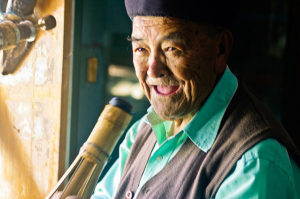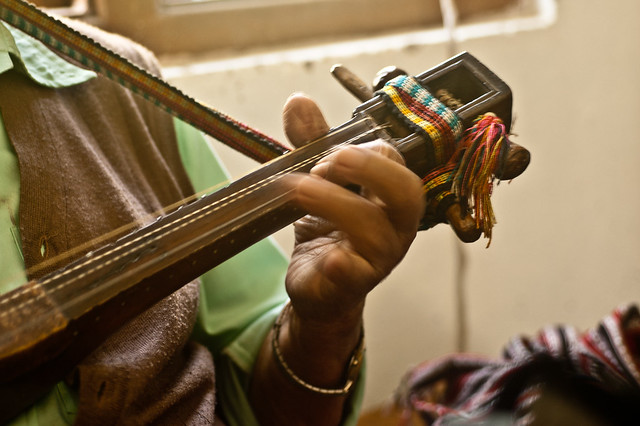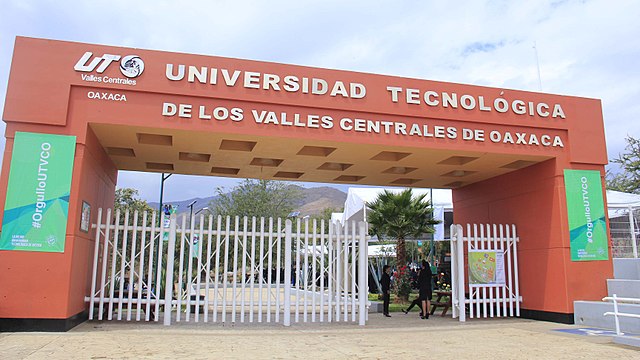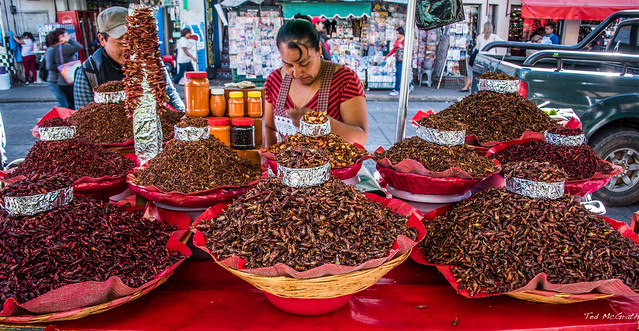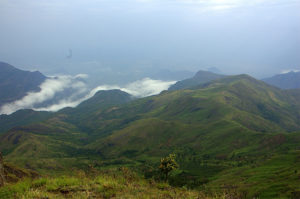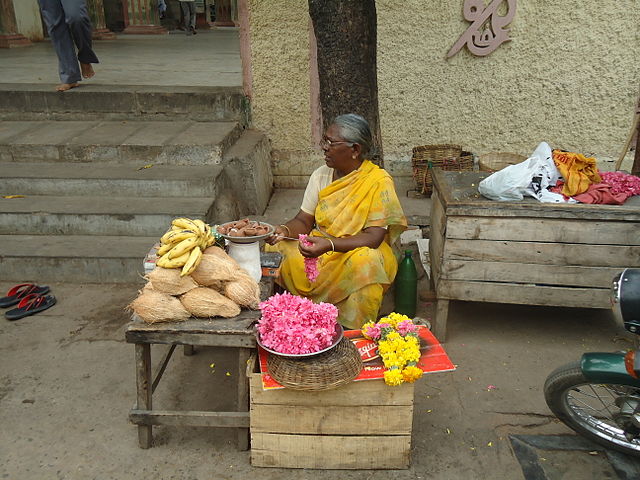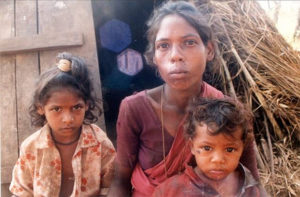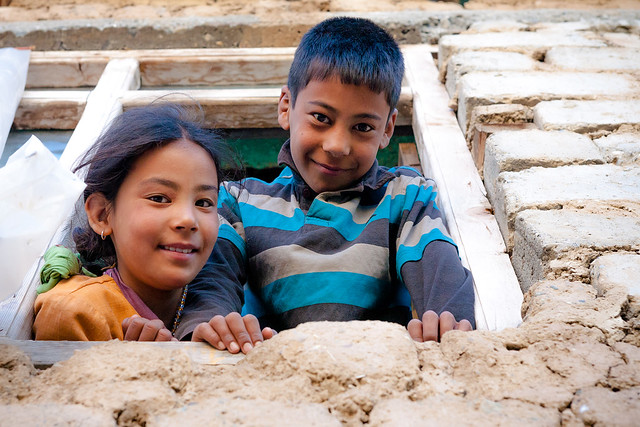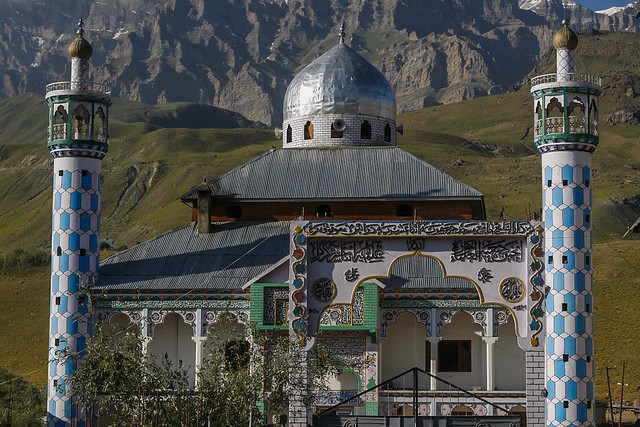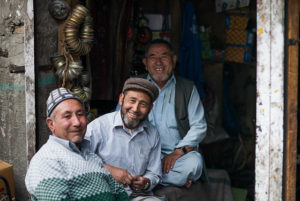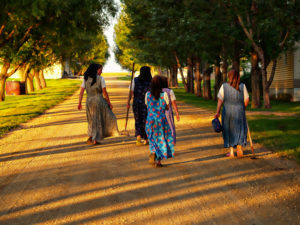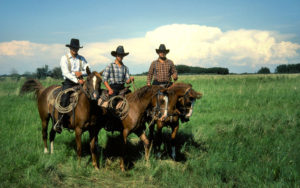A community radio station in the Darjeeling District of West Bengal announced last week that it will begin broadcasting programs in the Lepcha language as soon as some Lepcha speakers can be trained in radio journalism.

According to a news report, the Mayal Lyang Lepcha Development Board (MLLDB) is working with Salesian Radio at the Salesian College in Sonada, Darjeeling, to develop the programming. Three Lepcha artists have already been chosen.
Officials at Radio Salesian are outspoken about the value of their programs at 90.8 FM, or on the internet at Radiosalesian. As the only FM station in the Darjeeling Hills—“The Voice of the Hills”—its programs are quite popular. Father C.M. Paul, Director of the station, indicated that community radio stations such as his are required to promote local ethnic people and indigenous cultures and languages.
R.J. Samir, Program Coordinator for the station elaborated. The three Lepcha interns are being trained in all the phases of the creation of radio programs. They are learning the skills of program content development, packaging, production, delivery and studio management.
The three trainees—Suk Tshering Lepcha, Liesa Lepcha and Jilbert Lepcha—began their training at the station on September 21. Liesa said, “We are learning many new things. We sincerely hope that we will be able to do justice to the purpose with which we have been sent here.”
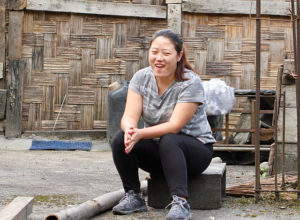
The Mayal Lyang Lepcha Development Board, which initiated the cooperative program with the radio station, was created in February 2013 by the Chief Minister of West Bengal, Mamata Banerjee. Her action was criticized by another minority group in the state, the Gorkhas, as discriminatory against them.
A society known for its warriors and its history of violence, the Gorkhas were agitating for separate statehood from West Bengal and the Chief Minister appeared to be favoring the peaceful society in the state, the Lepchas, with the creation of the MLLDB. However, Ms. Banerjee went on to create 14 more development boards for other groups in her state. This radio programing development is the latest positive initiative undertaken by the MLLDB.
